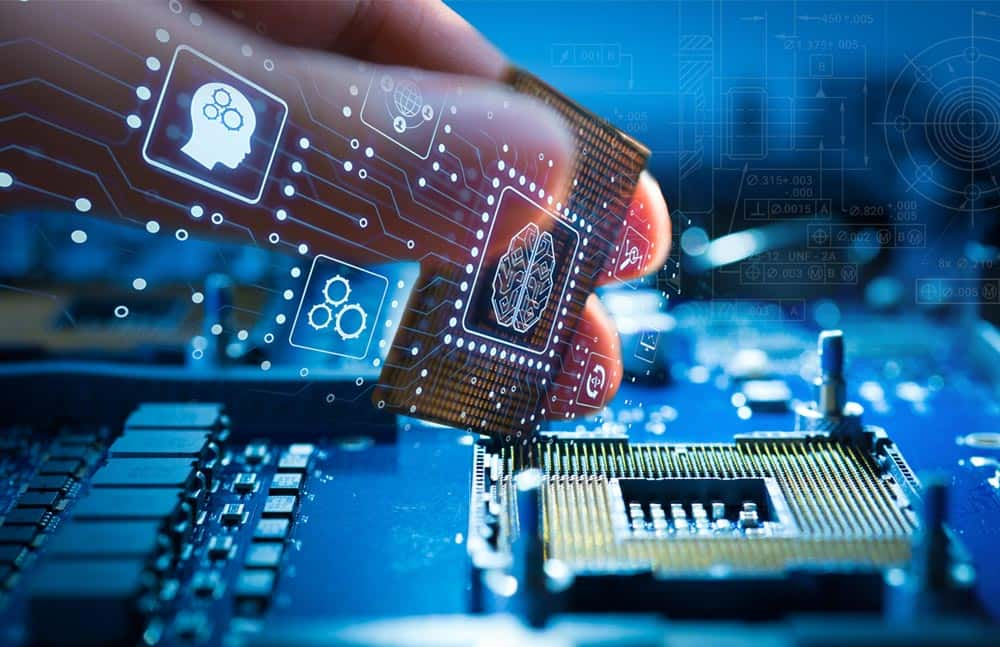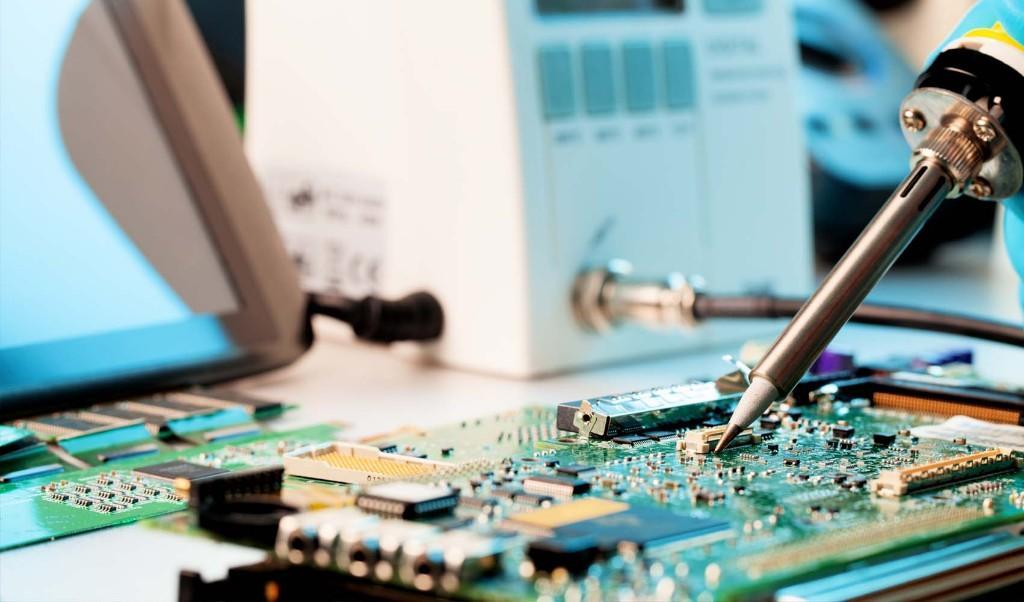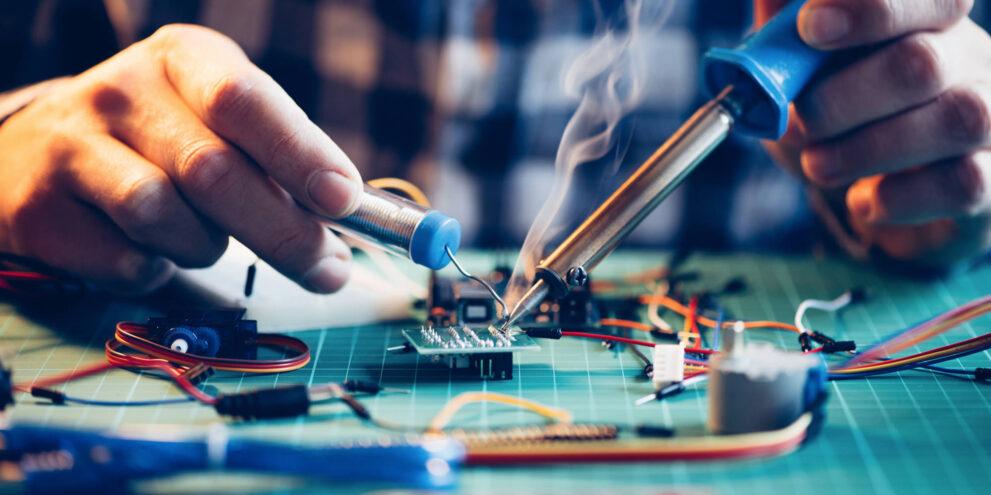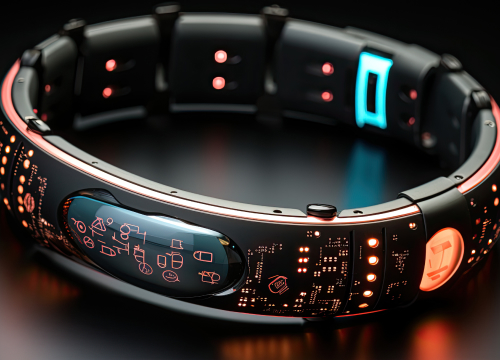The Internet of Things keeps building a global information network where objects acquire interactive capabilities. There are two overlapping agendas in this movement: the creation of smart consumer products and the collection of industrial data to improve business activities.
Many IoT development companies are focusing on those two agendas separately while various combinations of both ones are available as well. The first agenda covers widely accepted consumer devices such as wearable gadgets, robotized home helpers, connected vehicles, smart-home thermostats, etc.
The second agenda implies the industrial Internet of Things that helps manufacturers collect data from their equipment for further analysis. The analysis in its turn provides valuable insights on the optimization of production processes that leads to the development of innovative ecosystems for future products and services.
The agendas might look very different and even incompatible in many aspects. However, IoT hardware development is a common factor that integrates all diverse IoT solutions. IoT hardware experts from Sirin Software agree about both the development lifecycle and the leading manufacturers of IoT hardware. Below you can find a brief but consistent description of what constitutes the IoT hardware design. Besides, the most popular examples of the top hardware for the Internet of Things are given in the present post as well.

How IoT Products Appear: From Ideas To Finished Devices
However unique a particular IoT solution can be, the development process of almost any IoT device includes certain compulsory stages. They may insignificantly vary from project to project but the core structure of the IoT development lifecycle remains uniform. A typical approach to IoT hardware product development consists of the following steps:
Feasibility study of a concept. Any idea of a new IoT product is worth nothing unless a thoroughly conducted marketability research proves otherwise. It is almost impossible to invent an absolutely unprecedented device in the realm of IoT: the number of available IoT hardware platforms is limited. Rivals never sleep, analogs appear day after day. Your concept might seem great at first sight, but a feasibility study only can confirm whether the game is worth the candle.
Creation of MVPs. Many IoT hardware development companies prefer checking their concepts with minimum viable prototypes (MVPs) created from scratch. This method is relatively fast and cheap. It addresses the question of whether the solution works in principle. True IoT experts always have either an appropriate HDK (hardware development kit) or a set of separate circuit boards and other necessary components within a touch. It takes a few days to assemble an MVP usually. No designing is needed, MVP workability alone matters at this stage.
MD & Engineering. Mechanical design (MD) comes into play after an MVP proves the viability of a concept. Both engineers and marketers create what the end-users should get finally. Documentation on a ready-to-production device appears as a result of the design-for-manufacturing (DFM) process. The IoT design services can be outsourced to third-party providers, by the way.
Final product documentation. When the first serial prototypes leave the assembly line, a complete set of documents on the new IoT product is to leave the designers’ office. The set includes all patents (if available), and the product requirements specification (PRS) that reveals the entire info about the new IoT product beginning from the project goals and up to the product’s packaging details.
Two more specifications can be prepared either separately or within the PRS: a software requirements specification and a hardware development specification. No matter which type of IoT hardware devices is developed when it comes to the above-mentioned compulsory set of docs.
What IoT Hardware Experts Always Keep In Mind
Another unifying factor for any sort of IoT device is worth keeping in mind while the IoT hardware development process runs. This is the fundamental IoT architecture under which all IoT hardware platforms work. In other words, this is the very modus operandi of the Internet of Things. The architecture consists of the following levels:
- The basic physical level of sensors and actuators. All types of analog data collected from physical environments come from sensors, detectors, transducers, and other hardware devices working in the real world. Signals from the physical world constitute the raw primary information that should be detected and recorded for subsequent analysis. Both the number and type of primary sensors determine which IoT platforms can be used in each particular project.
- The internet gateway level. Any data collected from the first analog level by IoT hardware devices should be transformed into a digital standard to be transferred to the next level of data processing through the internet.
- The edge IT level. The amount of primary data collected by physical sensors is oftentimes so huge that any local network’s bandwidth can appear insufficient for data transfer. The so-called edge information technologies enable preprocessing of data to send only meaningful info to servers of datacenters.
- The datacenter level. The final processing and analysis of data are conducted by either local analytic systems or cloud services. IoT hardware development companies should take the final destination of data into consideration from the very beginning of each project. That very much defines the hardware platforms they can use in one or another case.

IoT Hardware Development Platforms
Quite a specific confusion appears when it comes to the very definition of IoT Development Platforms. There should be the “hardware” qualifier in the definition to speak about circuit boards, SoC modules, microcontrollers, and microcomputers that are oftentimes generalized by the “platforms” generic term. Otherwise, IoT software development platforms can be implied.
No doubt, cloud-based IoT software development platforms are very important. They reflect the other side of the IoT coin. But this is a standalone topic requiring a separate big review. In our context, it is worth mentioning just few of the most popular ones:
- IBM Watson Internet of Things,
- Bosch IoT Suite,
- Cisco IoT Cloud Connect,
- Oracle Internet of Things,
- SAP,
- Microsoft Azure IoT Suite,
- Google Cloud IoT,
- Amazon Web Services
As to the hardware platforms for IoT, dozens of brands are available on the market. Different form factors and capabilities are inherent in various boards and microcontrollers. We are going to randomly indicate the top hardware for the Internet of Things.
- Intel IoT Development Boards. One of the leading semiconductor manufacturers Intel offers the high-performance Intel Edison compute module that is appropriate for both prototyping and making finished IoT solutions. It contains an Intel Atom CPU (500 MHz) along with an Intel Quark microcontroller (100 MHz). There are two more similar modules in this series of IoT hardware platforms from Intel: the Curie and the Galileo. However, the most popular unit today is the Up Squared Groove IoT Development Kit specially designed for industrial IoT applications.
- Arduino IoT boards. Both IoT enthusiasts and professionals know Arduino as one of the most famous IoT pioneers. The first general-purpose Arduino microcontrollers have been setting the tone in the entire IoT development for quite a while. Inbuilt GSM and WiFi modules enable Arduino boards to be applied to various IoT solutions. However, last time they started offering microcontrollers for specific purposes. Arduino WiFi Rev 2, for example, is suitable for drones.
- Raspberry Pi microcomputers. Similar to Arduino boards Raspberry Pi IoT hardware consists of microcontrollers and microcomputers for general purposes. However, this brand focuses on highly-productive solutions with advanced characteristics. Besides, a big number of ports and various connectivity technologies available in the Raspberry Pi microcomputers allow using them for fully-fledged industrial IoT applications. This is a successful marketing strategy that attracts numerous experts involved in IoT hardware product development around the world.
Conclusion
Despite the significant progress achieved by the Internet of Things industry in recent years, the paradigm of always-connected objects is still at its infant stage. There is a lot to be done in IoT hardware development. The contemporary IoT design services go in parallel with the growing internet connectivity. Both consumer smart electronics and industrial IoT solutions are destined to occupy more and more domains among everything people can touch and make interactive.
The demand for well-qualified IoT hardware experts seems to stay sustained in such a case. Many IoT hardware development companies have no lack of customers today. And they won’t once a need for deep expertise can unlikely go away amid never-suspending evolution of computer hardware.
Contact us today to meet true professionals in every aspect of IoT hardware development. Advanced solutions on both consumer smart devices and industrial IoT applications are well within our grasp.





